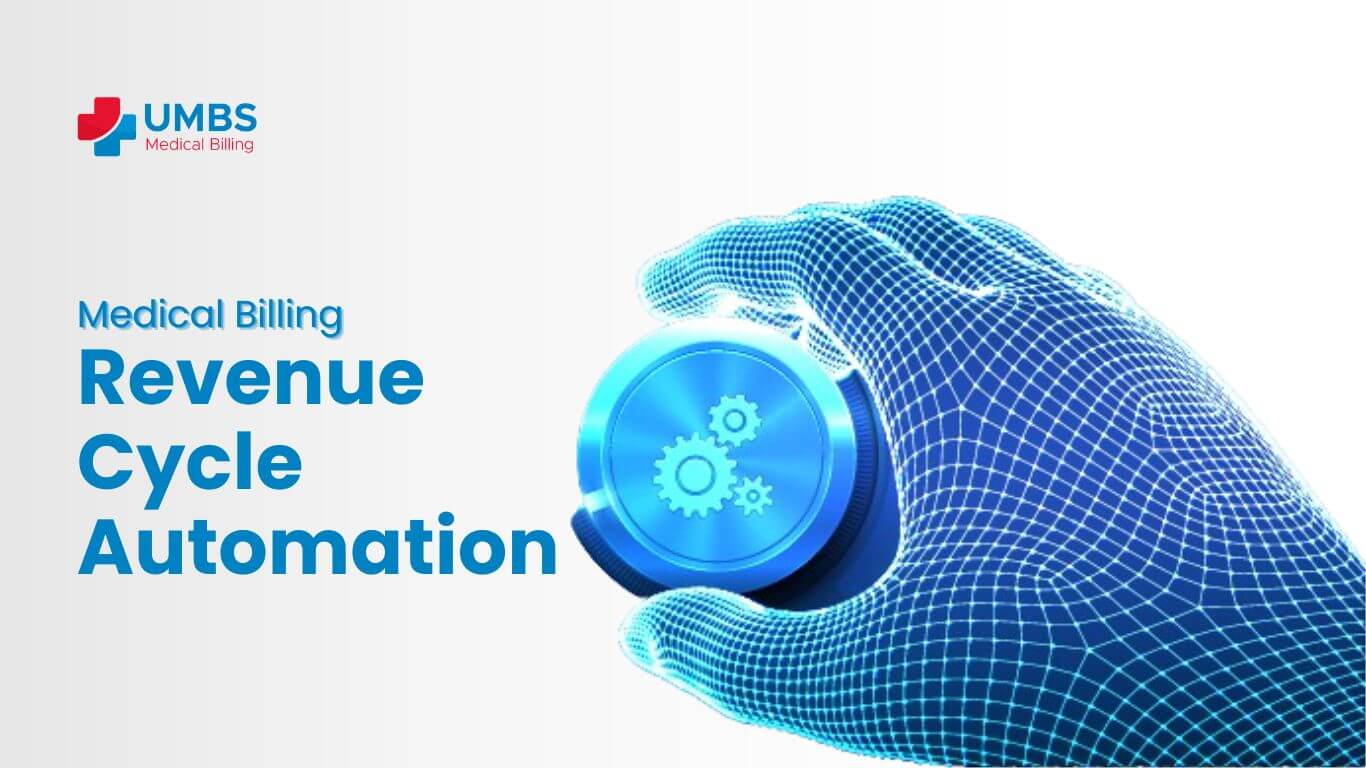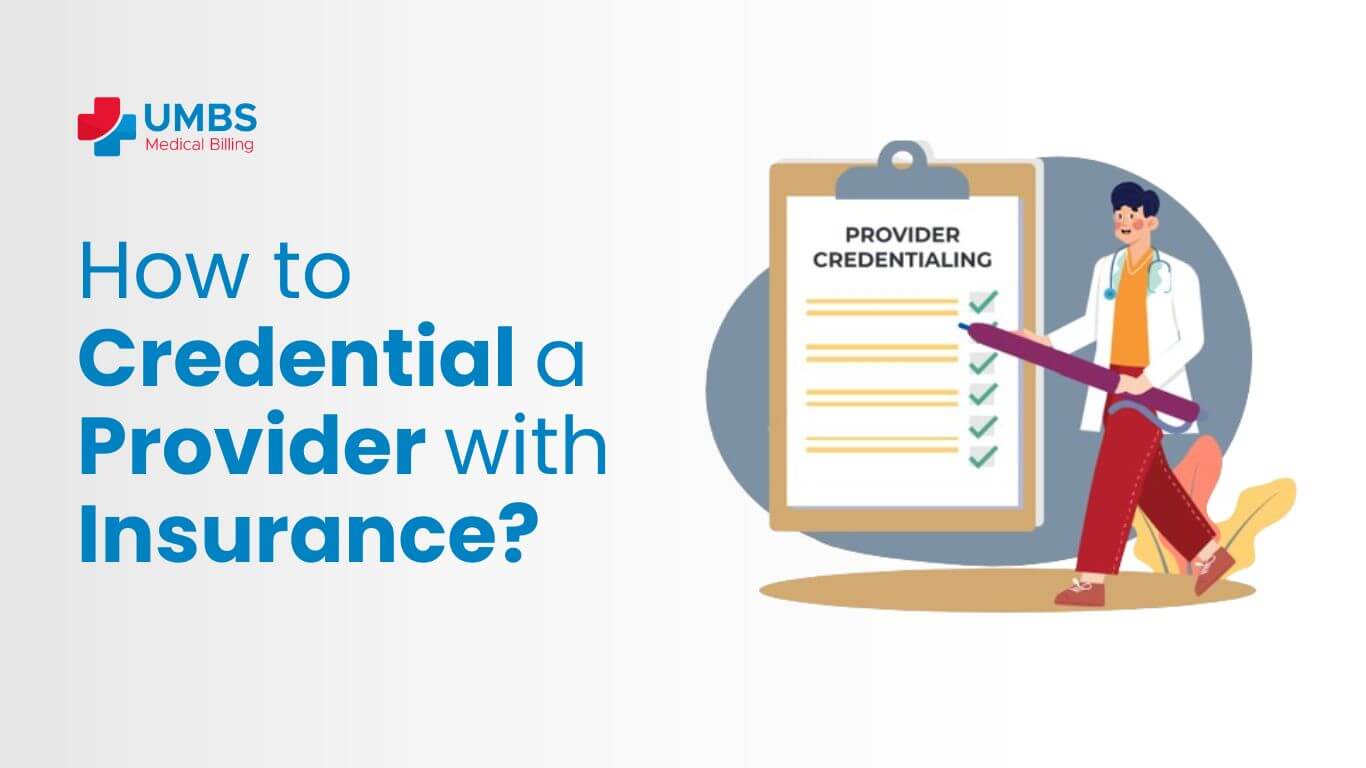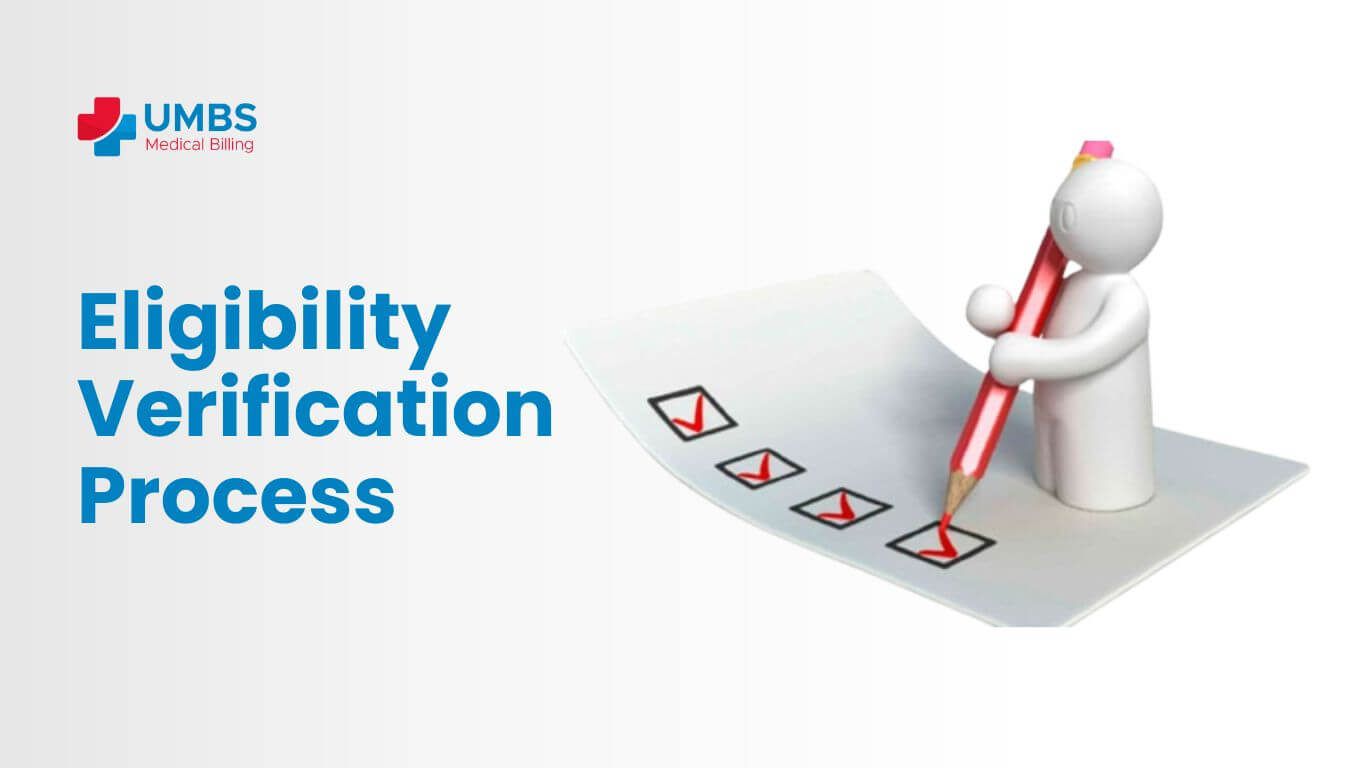Healthcare providers are dealing with bigger challenges than ever, like handling more patients while trying to improve their finances. This puts extra pressure on leaders to find ways to save money and make operations smoother. But what does this mean for their bottom line? And how can revenue cycle automation help?
The past three years have really been tough on the U.S. healthcare system. Hospitals and clinics are under a lot of pressure: they’re stretched thin, and healthcare workers are feeling the heat.
Given the current situation, it’s crucial to make revenue cycles more efficient. With financial challenges and payment uncertainties, healthcare providers and payers must quickly recover revenue by simplifying processes, saving time for employees, and cutting costs.
Revenue Cycle Management (RCM)
Revenue Cycle Management (RCM) is the system healthcare providers use to handle claims and payments. It’s how they generate revenue by negotiating payments with insurance companies. RCM covers everything from submitting claims to getting paid, and it’s crucial for healthcare organizations to keep running smoothly.
Benefits of Revenue Cycle Automation (RCA)
Healthcare organizations require improved methods to implement IA and RPA for efficient revenue cycle management automation. SS&C Blue Prism offers solutions to help you establish a successful revenue cycle automation, ensuring your organization is ready, optimized, and focused on delivering value.
RPA offers many advantages for revenue cycle management (RCM) and healthcare providers, such as:
- Simpler and faster communication: With RPA, data is gathered in one place and updated instantly, reducing errors and the need for multiple messages between departments.
- Efficient digital workforce: RPA bots work around the clock, handling tasks like claim processing, exception flagging, data extraction, and invoice payments.
- Streamlined operations: Digital workers manage email scanning, forwarding information, and scheduling appointments, all while adhering to compliance rules. This ensures doctors are informed and patients receive prompt service.
- HIPAA compliance: RPA ensures accurate recordkeeping, meeting all HIPAA requirements for better audibility in healthcare organizations.
- Employee satisfaction: Automating repetitive tasks allows employees to focus on patient care and other valuable work, preventing work overload.
- Enhanced patient experience: RPA speeds up patient form submissions by accessing databases and identifying missing information. It also automates sending important information directly to patients, improving the revenue cycle process.
- Increased revenue: RPA optimizes claims procedures, leading to fewer denials and underpayments. This ensures correct payments from payers, reducing payment recovery costs.
Smart digital workers, powered by AI, bridge the gap between old systems, ensuring fast and secure data flow within and outside the organization. This saves on costly human resources needed for these tasks. Similar to humans, digital workers can learn and improve over time. By teaming up with humans, they accelerate and enhance RCM processes, making them more efficient.
Categories of Revenue Cycle Automation
The approach to revenue cycle automation can be categorized into various types based on the specific tasks targeted for automation. The choice of automation depends on the nature of the tasks, and in some instances, a combination of multiple types may be employed.
Robotic Process Automation (RPA)
Robotic Process Automation, known as RPA, is an established form of automation designed for handling straightforward, repetitive tasks. RPA utilizes scripting to extract information from interconnected sources, streamlining processes that would typically be laborious and time-consuming for a human. For example, RPA can be employed to automatically retrieve claim statuses or record payment amounts from an electronic remittance advice (ERA).
While RPA can address basic repetitive tasks, it does require human intervention for script creation and adjustments in case of script failures. Although it can alleviate certain challenges in Revenue Cycle Management (RCM), more advanced automation methods may offer greater effectiveness.
Artificial Intelligence (AI)
Intelligence (AI) represents a significant advancement in revenue cycle management automation, offering adaptability and the ability to adjust processes as information and payer rules evolve. Machine learning, a subset of AI, can assimilate and analyze extensive datasets, providing recommendations or insights. Unlike RPA, AI has the capacity to understand and adapt to changes, making it more versatile. Machine learning can identify trends in detailed insurance or claim data, providing valuable insights.
Additionally, Natural Language Processing (NLP), another facet of AI, can analyze both written and spoken language, further expanding the capabilities of automation in revenue cycle management. AI has the potential to learn, adapt, and enhance RCM processes autonomously, reducing the workload without constant human intervention.
Automated Revenue Cycle Management Workflows
The initial step in determining the optimal approach for automating revenue cycle management involves identifying workflows that can benefit significantly from automation. Breaking down each workflow into its components reveals the most suitable tools for the job.
Eligibility Verification and Patient Registration
Automating insurance eligibility verification and patient registration yields a substantial return on investment (ROI) by reducing claim denials and enhancing cash flow.
Accurate benefits verification facilitates upfront collection of the correct amount from patients, reducing patient balances and minimizing the need for accounts to go to collections.
Good Faith Estimates and Other Cost Estimates
The No Surprises Act emphasizes transparent billing, creating an administrative burden for healthcare facilities. However, automating good faith and other cost estimates benefits both providers and patients.
Automation increases customer satisfaction, billing accuracy, and overall revenue. Good faith estimates, which can be labor-intensive manually, become efficient and accurate through automation.
Good Faith Estimates and Other Cost Estimates
Medical claims processing is a critical function in revenue cycle management but involves time-consuming paperwork prone to errors. Automating the claims submission process offers several advantages:
- Reduces costs associated with manual processing
- Decreases errors
- Speeds up claims processing
- Lowers claim denials
- Enhances patient satisfaction
Collections
The healthcare industry has been slower to adopt technological advances, evident in the persistence of paper bills. Automating collections through paperless billing, reminders via email or text, reduces costs and preserves patient privacy.
Personalized approaches for each patient are more effective in motivating timely payments, enhancing patient satisfaction and expediting bill settlements.
Denied Claims Reworking and Appeals
A small percentage of denied claims can significantly impact revenue. Automating the appeal process eliminates human errors and enhances cost-effectiveness:
- Identifies errors before claims are submitted
- Corrects common errors that are often overlooked manually
Claim Underpayment Detection and Appeals
Detecting underpayments is crucial for revenue recovery. Automation aids in identifying and appealing underpayments, preventing revenue loss that might be written off.
Payer Contract Analysis and Reporting
Analyzing complex payer contracts can be challenging manually. Automation simplifies the process:
- Compares reimbursements against Medicare’s current rates
- Conducts labor-intensive analyses efficiently, enhancing overall understanding of reimbursement issues.
The Hospital Landscape
A recent study published in JAMA Network examined two decades of data and found that 15% to 25% of total US healthcare costs stem from administrative expenses. This translates to about $600 billion to $1 trillion of the $3.8 trillion total healthcare spending in 2019, according to the latest figures from the Council on Health Care Spending and Value. Among the major contributors to these costs are insurance administration, billing, and coding.
The pandemic has exacerbated this situation, putting additional strain on already slim hospital margins. Before 2020, the median hospital margin stood at 3.5%.
However, in April 2020, excluding the Federal Coronavirus Aid, Relief, and Economic Security (CARES) Act funding, the median hospital margin dropped to 2.4%. Even with the funding, it only rose to 3.3%. Looking ahead, a report from Kaufman Hall predicts that hospital margins could plummet to 10% to 80% below pre-pandemic levels by the end of this year. This could result in a significant reduction in revenue, ranging from $53 billion to $122 billion.
Simplifying the Revenue Cycle
The complexities of the revenue cycle have historically posed challenges to improving margins. These complexities include issues like incomplete clinical documentation, patient collections, financial clearance, coding errors, incomplete patient statements, and more.
- For instance, clinical documentation plays a crucial role in patient care. Proper documentation ensures that electronic health records (EHR) accurately reflect the services provided to patients.
- Missing or incomplete documentation can lead to incomplete reimbursement for claims or denials altogether. Errors at any stage of the revenue cycle can have detrimental financial effects on healthcare providers.
- To rebound effectively, healthcare organizations must address complexity and eliminate errors. Intelligent Automation (IA) can be helpful, but it’s crucial not to automate flawed processes.
Intelligent automation by the Statistics
Using automation to streamline the revenue cycle is promising, but it’s crucial to assess current processes thoroughly before diving in. This requires expertise in revenue cycle management (RCM) to ensure a smooth transition. While many tasks in the revenue cycle can be automated, some still need human oversight, which is often overlooked. It’s essential to know which tasks should remain manual and which ones can be automated effectively.
R1 specialists and its RCM IA ecosystem address all these concerns. Their platform digitizes the revenue cycle, allowing staff to focus on high-value tasks that improve margins. They utilize various technologies like robotic process automation (RPA), machine learning, optical character recognition (OCR), and natural language processing (NLP) to automate tasks and extract valuable data from unstructured sources. Their integrated workflow platform orchestrates both human and digital tasks seamlessly, optimizing operational efficiency.
In terms of results, R1 Intelligent Automation boasts 120+ dedicated staff who have deployed 500 digital workers, automated hundreds of workflows, and completed 60 million annual tasks. They’ve supported over $40 billion in revenue for more than 75 healthcare systems, demonstrating the tangible impact of their technology on the bottom line.
- Save upto 20% on collection costs.
- Cut denials by up to 50%
- Reduce bad debt by up to 25%
Revolutionizing Healthcare
Smart technology has the potential to revolutionize healthcare across various aspects. For instance, nine out of 10 healthcare leaders believe it will improve the patient experience. Particularly, it shows significant promise in Revenue Cycle Management (RCM).
Moreover, apart from delivering evident returns on investment, automating RCM brings a crucial qualitative advantage. Managing the revenue cycle often distracts healthcare organizations from their primary mission: delivering exceptional patient care and maintaining the health of their patient community.
RCM Challenges in 2024
In 2024, the revenue cycle is a big problem for both providers and payers. Slow and inefficient processes affect productivity, cash flow, and most importantly, patient experience. Patients often face frustrations due to billing errors, coding mistakes, delayed authorizations, claim denials, and unpaid claims, leading to a perception of inefficiency in healthcare.
While there are new payment models on the horizon, many healthcare organizations in the U.S. still mainly use fee-for-service methods. This means that optimizing the revenue cycle will continue to be very important for both healthcare providers and insurance companies in the coming years.





